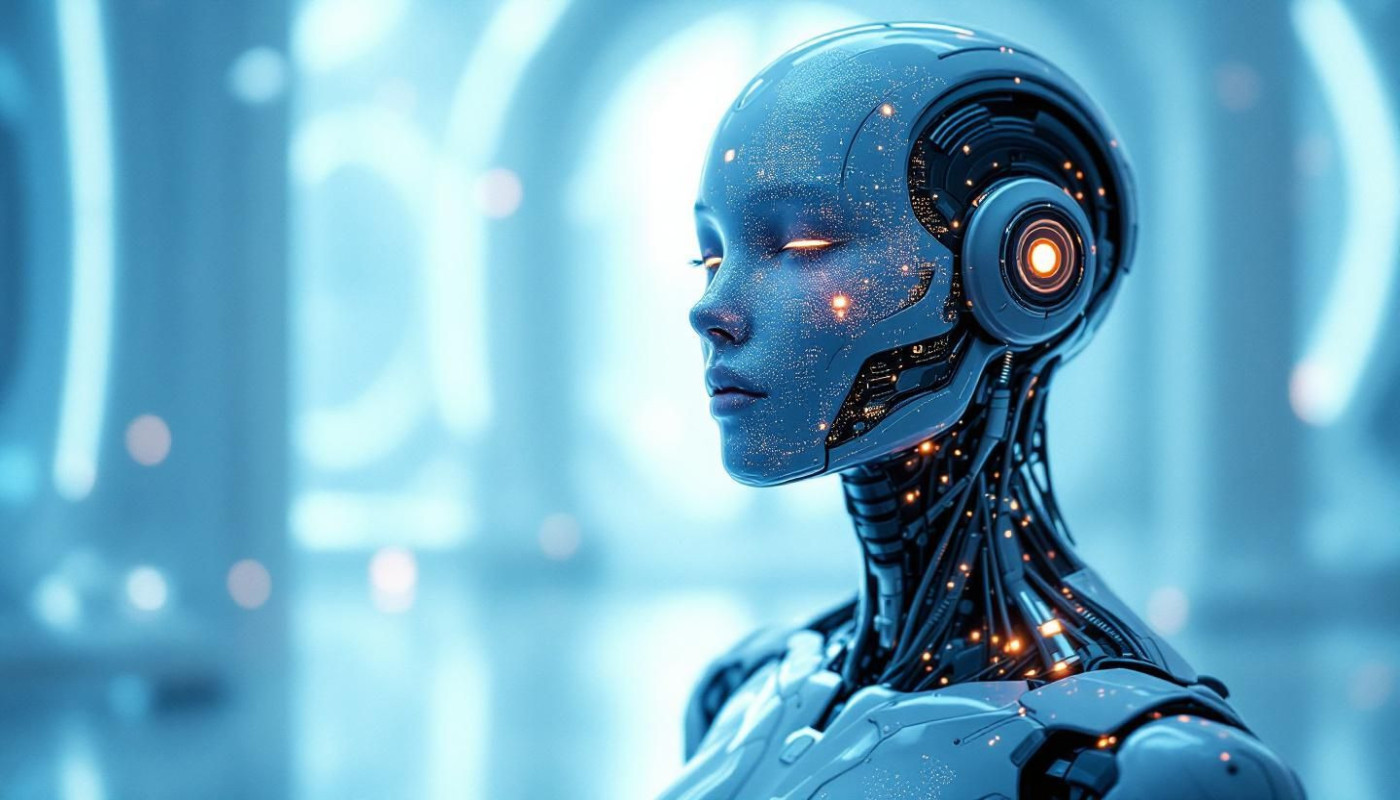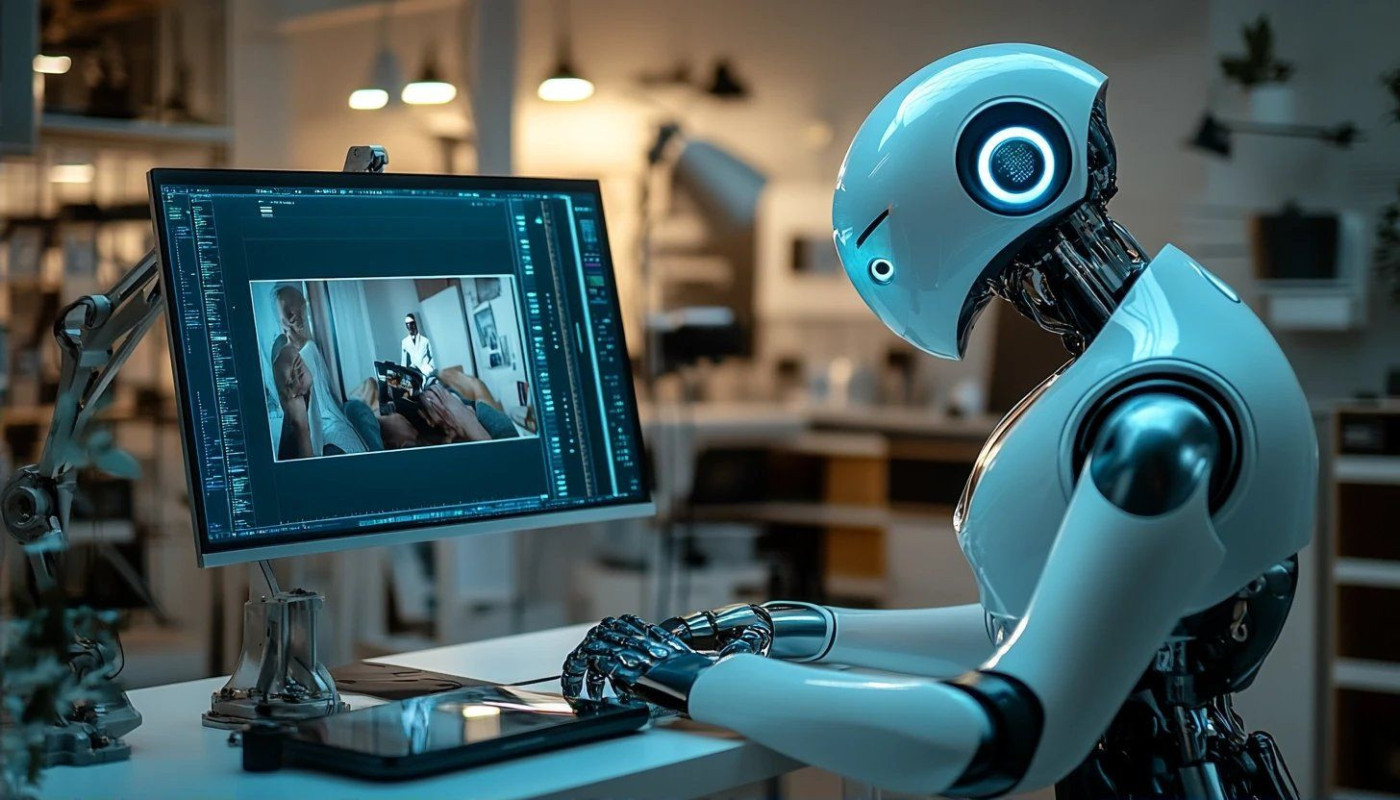Table of contents
In an era where technology intertwines with every aspect of life, the realm of graphic design is undergoing a transformative shift. The introduction of artificial intelligence into this creative landscape has begun to reshape processes that have been traditionally relied upon by designers for decades. As we stand at the crossroads of innovation and tradition, it’s imperative to explore the profound impact AI has and will continue to have on the graphic design industry. This exploration will shed light on a future where the lines between human creativity and machine efficiency blur, creating an intriguing discussion for designers and enthusiasts alike.
The Evolution of Design Tools
The landscape of graphic design has been dramatically reshaped by the design software evolution, marking a transition from traditional hand-rendered techniques to sophisticated digital design tools. In tracing the lineage of these instruments, one would find a stark metamorphosis. The early years of computer-aided design were characterized by rudimentary programs that barely scratched the surface of a designer's potential. Fast forward to the current era, and the industry has been revolutionized by AI-powered applications, which have redefined the boundaries of what can be achieved.
Within this evolutionary journey, the graphic designer workflow has undergone a profound transformation. The shift from manual methodologies to digital platforms was seismic in itself, yet the advent of intelligent design capabilities has ushered in a new epoch. AI technologies now enable designers to perform intricate tasks such as manipulating vector graphics with a level of precision and efficiency that once seemed unattainable. These intelligent systems can learn from a designer's actions, automate repetitive elements of the creative process, and suggest refinements that enhance the end product. As a result, the time dedicated to manual adjustments and corrections has significantly decreased, allowing graphic designers to focus on the more creative aspects of their work and push the boundaries of innovation.
Enhanced Creativity and Productivity
The advent of AI in the realm of graphic design has been a game-changer, particularly in terms of enhancing both creativity and productivity. AI algorithms stand at the forefront of this revolution, providing a wellspring of design inspiration that is transforming the industry. By analyzing vast datasets and identifying patterns, these algorithms can suggest novel design elements and palettes that might elude the human eye, thus enriching the creative process. Creative automation furthers this impact by taking over repetitive and automated graphic tasks, such as resizing images or generating color schemes, which previously consumed valuable hours of a designer's day.
This liberation from mundane duties allows graphic designers to allocate more time to complex and creatively demanding projects. Productivity enhancement is an intrinsic benefit, as designers can now accomplish tasks with greater speed and efficiency. The technical term "generative design" encapsulates how AI can generate numerous design variations at a rapid pace, each iteration offering a unique perspective. Designers can harness this powerful tool to explore a broader spectrum of design possibilities, iterating faster than ever before. They can then apply their expertise to refine these concepts, elevating them from algorithm-generated drafts to polished, professional pieces that resonate with their intended audience. In essence, the synergy between human creativity and AI's capabilities is forging a new era in graphic design, where productivity and ingenuity reach new heights.
The Challenge of Originality and Style
The advent of artificial intelligence in the realm of graphic design has sparked concerns regarding designer originality, stirring a debate on whether AI may inadvertently lead to a trend of homogenization within the industry. There's a palpable worry that the nuanced, human touch that gives rise to a unique style could be overshadowed by the efficiency and replicable nature of AI-generated designs. This phenomenon—termed AI homogenization—suggests that the proliferation of neural networks capable of generating vast amounts of visual content could dilute the individuality and authenticity that form the core of a designer's graphic design identity.
Yet, in the face of this challenge, many designers are finding innovative ways to coexist with these intelligent systems. By integrating AI as a tool rather than a replacement, they strive for aesthetic enhancement without sacrificing the essence of their creative voice. The focus remains on unique style preservation, with AI serving as an assistant that accelerates the creative process while the designer steers the direction of their work. In this evolving landscape, the role of designers is becoming less about manual production and more about conceptual thinking and strategic implementation of design principles—skills that AI has yet to master.
AI and the Future of Learning Design
The advent of artificial intelligence (AI) is reshaping the landscape of design education, signaling a profound shift in the learning trajectory of upcoming graphic designers. With AI integration in learning becoming increasingly prevalent, graphic design curricula are evolving to prepare students for a future where technology and creativity intersect. The emergence of AI learning tools has not only transformed the way design is taught but also the very skills that emerging designers must equip themselves with to remain competitive. In this new era, proficiency in traditional design principles is no longer sufficient; designers must now become adept at leveraging AI to enhance their creative output.
Adaptive learning, a technical term in education, is particularly relevant as AI begins to play a pivotal role. It refers to the capacity of AI systems to tailor educational content to the individual needs, pace, and learning style of each student. This personalization could revolutionize design education, allowing students to master complex concepts more efficiently and fostering an environment where creativity and technology reinforce each other. In such a dynamic educational setting, the role of the instructor is also transformed, becoming more of a guide and facilitator in the students' self-directed learning journey.
Moreover, AI's impact extends beyond the classroom, influencing the tools and methodologies employed by professional designers. Recognizing this trend as an important source of industry innovation, design education must anticipate the needs of the market, ensuring that graduates are not only proficient in AI applications but also critical thinkers who can push the boundaries of what these technologies can achieve.
Collaboration Between AI and Human Designers
In the evolving landscape of graphic design, the synergy between AI tools and human creativity is fostering a new era of collaborative creativity. The concept of AI-human collaboration has become pivotal for achieving unparalleled design results. AI, with its proficiency in handling data-driven design tasks, can swiftly sift through vast datasets, generate complex patterns, and provide a baseline from which creativity can soar. Yet, the nuanced understanding of emotional design context remains a domain where human designers excel. They inject meaning, cultural relevance, and connect on a personal level with the audience, something AI is still learning to grasp.
As a design team leader, it is vital to recognize the technical term "human-in-the-loop", which encapsulates the pivotal role of human oversight. This approach ensures that the AI-generated outputs are not just technically sound but also emotionally resonant and contextually appropriate. By directing the AI with a nuanced touch, human designers can refine and elevate the work, ensuring that the final product resonates with its intended audience. This partnership between human intuition and AI's computational power paves the way for innovative solutions that were once beyond reach.
Similar articles

Exploring The Future Of Companionship With AI Characters

How AI Technology Is Revolutionizing Personal Photo Editing?

Exploring The Effectiveness Of Modern Anti-ransomware Strategies

Enhancing Creativity In AI-Driven Artistic Processes

How Free Donor Management Software Transforms Nonprofit Engagement

Best Practices For Managing Security Patches On Linux Servers

Exploring The Impact Of AI On Urban Design And Sustainability

